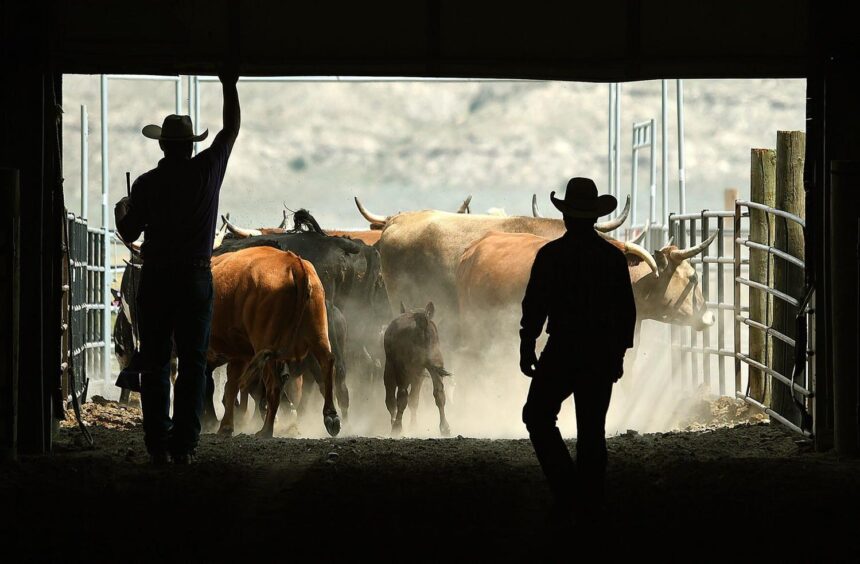Farm policies have always had a place in politics, with county of origin labeling being a hot topic. Ranchers have embraced the idea of labeling beef as “raised in the USA,” and consumers have responded positively.
Known as “COOL,” this labeling has been a PR success since it was first proposed by U.S. Senator Jon Tester from Montana in 2007. However, it has also been highly controversial, facing opposition from meatpackers who argue that there is no difference between an American Simmental and a Corriente from Mexico when it comes to labeling.
Congress passed the COOL law in 2009, but later had to retract it as Canada and Mexico complained to the World Trade Organization, labeling the U.S. policy as unfair trade practice. In 2015, the WTO allowed the two nations to impose tariffs on U.S. products in retaliation for the meat labeling.
Despite the threat of tariffs from Mexico and Canada, COOL has quietly made a comeback due to vacancies on the WTO Appellate Court, as explained by Bill Bullard, CEO of R-CALF USA.
People are also reading…
Bullard mentioned in an interview with Lee Montana newspapers that vacancies on the appellate board have remained unfilled since 2019, as the United States has blocked new appointees. Both President Joe Biden and former president Donald Trump have played a role in this situation. R-CALF USA stands for the Ranchers-Cattlemen Action Legal Fund, United Stockgrowers of America.
During the appellate board logjam, the U.S. Department of Agriculture has been making changes to the U.S. meat labeling policy. In March, USDA finalized its rule allowing voluntary “product of USA” and “Made in USA” labels, starting in 2026, which means the COOL labeling doesn’t align with the mandatory identification at the core of the WTO dispute brought by Canada and Mexico.
USDA has also committed to purchasing U.S. beef for its “Foods in Schools” program, which accounts for about 15% to 20% of the food in school lunches.
Walt Schweitzer, CEO of Montana Farmers Union, praised Biden’s decision to use “Product of USA” only for beef that is born, raised, and slaughtered in the United States. This move ensures that consumers are not misled. The requirement for food procured by USDA to be from the U.S. will impact factories supplying schools, prisons, and hospitals.
Schweitzer highlighted that federal lunch programs have been receiving beef raised outside the U.S. but slaughtered in U.S. meatpacking plants, often lower-quality meat used in school lunches.
Farmers Union labels the beef processed in Columbia Falls with a Montana label.
A new bill is in the works to create country of origin labeling that is “WTO-compliant,” introduced by Senators Tester and Thune.
Known as “COOL,” this labeling has been a PR success since it was first proposed by U.S. Senator Jon Tester from Montana in 2007. However, it has also been highly controversial, facing opposition from meatpackers who argue that there is no difference between an American Simmental and a Corriente from Mexico when it comes to labeling.





